When Should I Cut Back My French Lavender
Knowing how to prune lavender is important if you want these heavenly scented plants to stay in good shape for years to come.
Lavender is an essential plant for adding fragrance to the garden, and has long been prized for its therapeutic properties. It's also a magnet for bees, butterflies and other precious pollinators, creating a haven for wildlife.
However, left to its own devices, lavender can become woody and ragged. If neglected for too long the plants will struggle to recover and you'll need to replace them with new ones.
'Don't be afraid to prune lavender – the plants can become leggy and woody very quickly, and effective pruning will prolong their lives,' says Period Living's gardening expert Leigh Clapp.
The good news is that it's easy to learn how to grow lavender from cuttings and seed, so if you struggle to keep existing plants looking good, then you can cultivate a constant supply of new ones.
There is more than one kind of lavender – with English lavenders, such as Hidcote and Munstead, being the most popular, and the hardiest. Other European lavender varieties are less hardy, and so you will need to take extra care when pruning. However, if you stick to a few golden rules, you can apply them to all of your lavender plants.
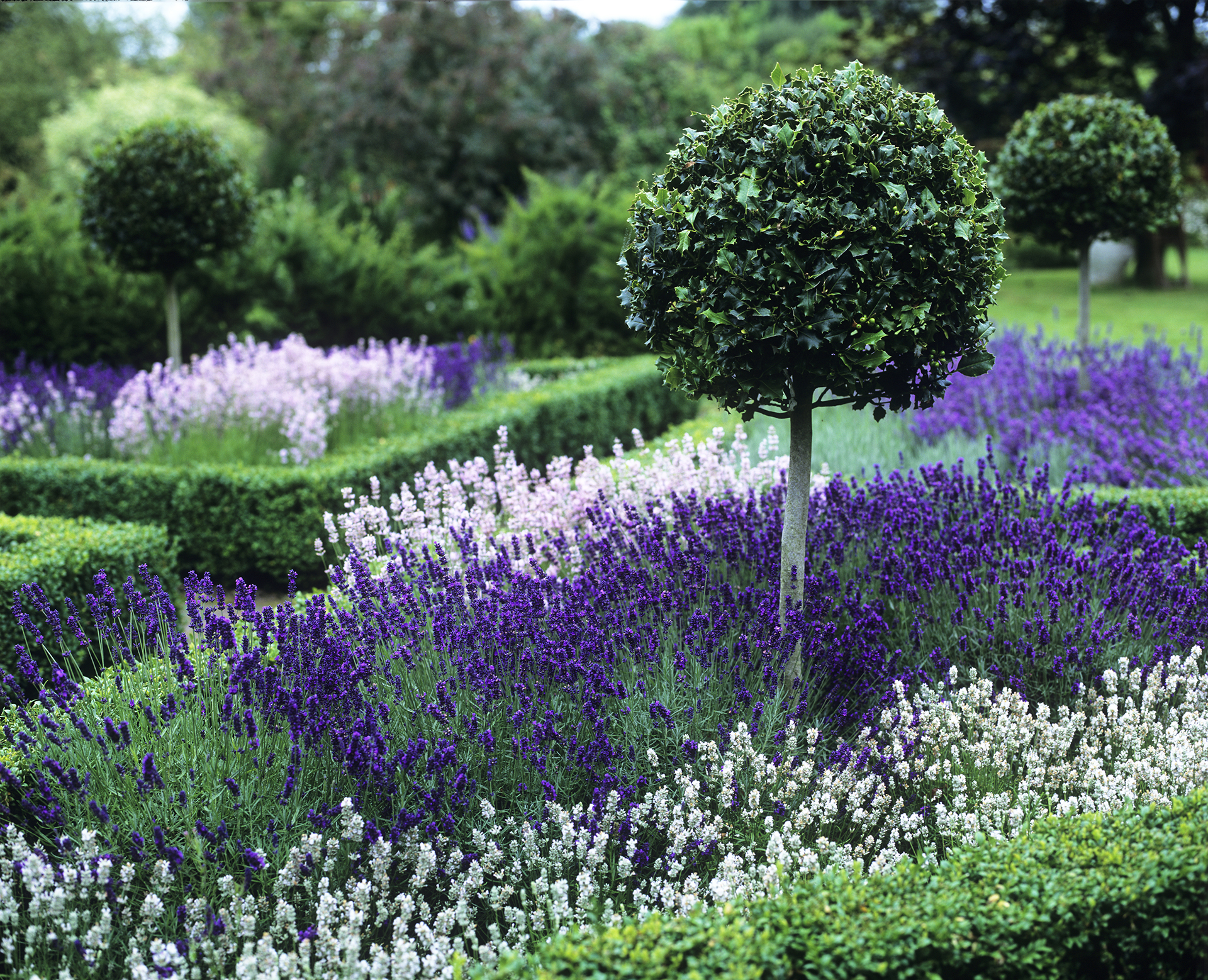
(Image credit: Leigh Clapp)
How to prune lavender in its first year
Lavender only requires a light trim in its first year, but to avoid the plants from becoming leggy in future, it's important to get them off to a good start.
At this early stage, pruning is about encouraging new growth, and developing a nice mounded shape. If you have grown the lavender from seed or cuttings, then it is beneficial to pinch out new growth tips to help the plant become bushy.
Tackle pruning new lavender during the summer, after the plant has flowered.
- Using a clean, sharp pair of secateurs cut each stem back by up to a third, to remove the flowers and some of the green stem growth.
- Do not cut the plant back 'hard' by going near the woody base of the stem – it is essential to leave plenty of green on the stems when the plants are young.
- Try to make an even dome shape by leaving the stems longer in the middle, and gradually going shorter as you move to the outer edges of the plant.
- After trimming your lavender, you may get a second flush of flowers. Prune these the same way once finished – but do it well before the cold fall weather sets in.
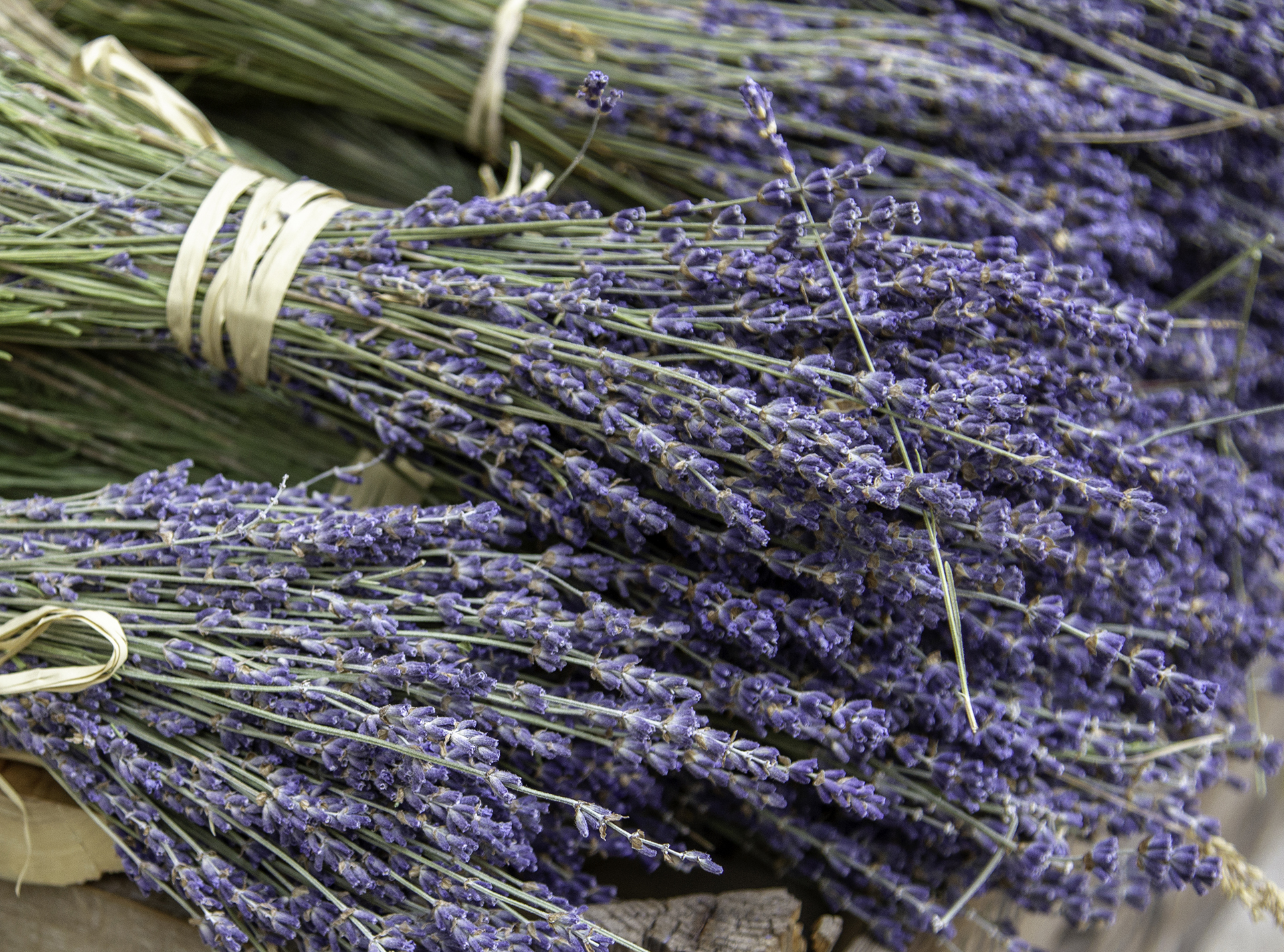
(Image credit: Raquel Lonas / Getty Images)
How to prune mature lavender plants
Lavender plants will establish quickly, so from their second year you will need to follow a simple – but thorough – pruning regime to keep them in shape.
When deciding how to prune lavender, there are are different schools of thought about when and how often to do it. But it's best to tackle the plants in two stages: 'Trim after flowering, then prune in the spring,' says Clapp.
Don't prune lavender too hard after summer ends, or it may struggle to survive the onset of colder weather.
'If you crop the entire plant back to old wood it can mean big trouble,' says celebrity gardener Monty Don in his book The Complete Gardener. 'Lavender is evergreen, which means that it keeps – and needs – its leaves all winter. If you cut into the old wood, which does not have any leaves, and new leaves do not grow, then it will not survive.'
If you forget to prune your lavender during the summer, then it's best wait until the following spring, especially for less hardy French, Spanish and Italian lavenders.
When pruning your lavender in the summer, you may want to harvest the flowers for their therapeutic and culinary uses. If so, do this when around half of the buds are in bloom. Otherwise, wait until the flowers have faded before pruning.
- To prune your lavender in the summer, grab handfuls of the stems and, using clean, sharp secateurs, snip them off, removing up to a third of the plant's growth.
- Try to maintain a good rounded shape to the plant, but do not cut too close to the woody base of the stems, or the plant might struggle to overwinter.
- To dry out the flowers, gather the stems into bunches, tie together and hang upside down.
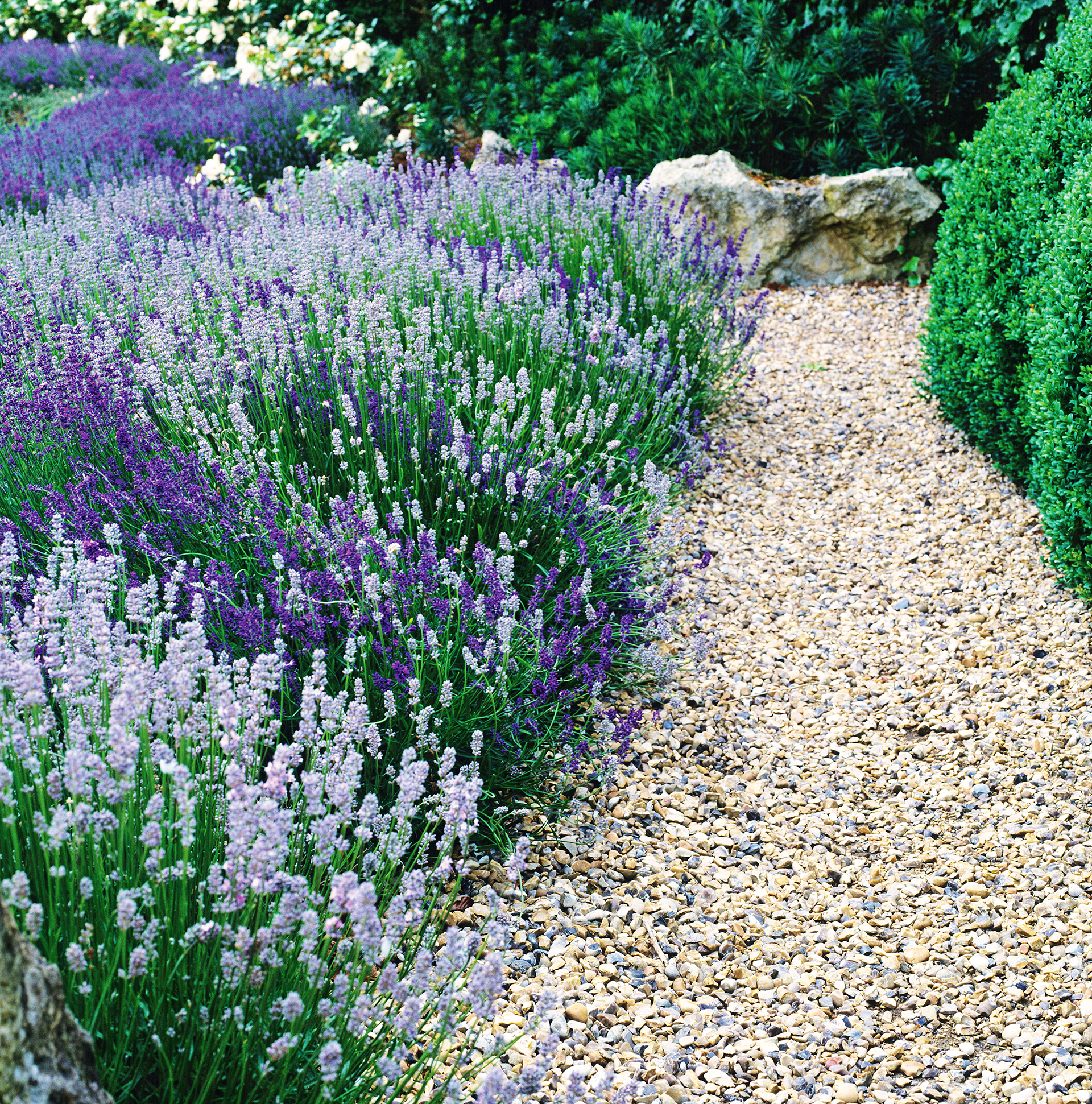
(Image credit: Leigh Clapp)
Pruning lavender in spring
Spring is the time for pruning your lavender harder to minimize the development of woody stems and encourage fresh new growth. You should do this early in the season, to give the plant plenty of time to reestablish itself.
- Take a stem and examine it – you'll notice it has a woody base set below the leafy section. How much wood there is depends on the plant's age, and how well it has been pruned.
- Using a clean, sharp pair of secateurs, cut the stem around 2-3 inches above the woody base, into the leafy section of the stem. Do not cut into wood below.
- You can do handfuls of stems at a time, and for hedges you might find it easier to use shears.
- Try to create a nice rounded shape to your lavender plant by pruning the outer stems a little shorter than the inner stems.
- Where there are dead, frost-damaged or diseased branches, these should be completely removed.
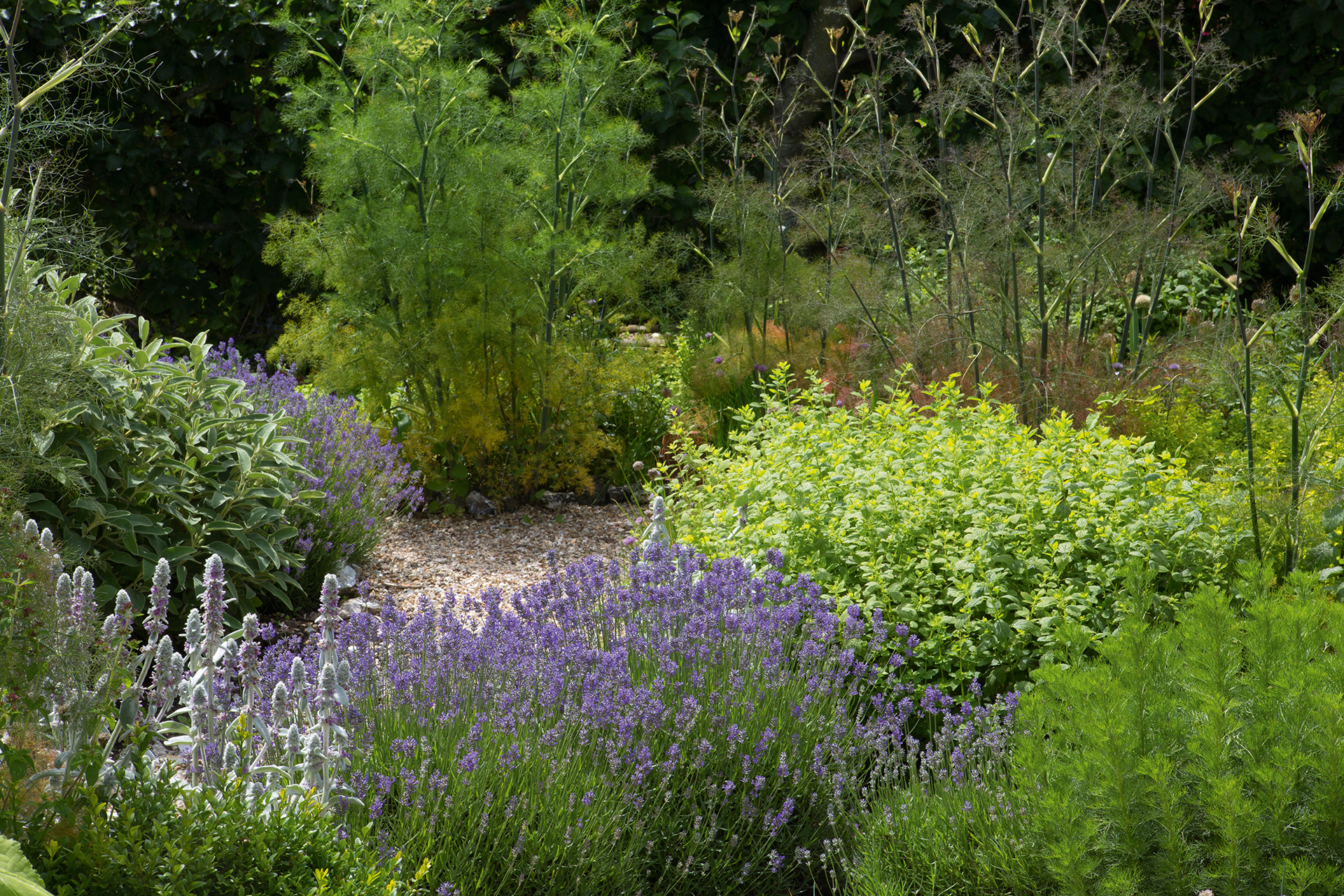
(Image credit: Leigh Clapp)
How to prune lavender that is woody
When lavender is a few years old, it can develop long, 'woody' stems that look unsightly. However, it may be possible to rejuvenate them.
''The normal advice is to replace plants when they become leggy, usually after three to five years. But I avoid having to do this by cutting right back into the wood,' says Judith Hann, author of Herbs. 'I have not lost a lavender plant yet in the 20 years they have been growing in my garden.'
Though usually avoided, cutting lavender into the old wood can be a good way to renovate them. The trick is to make sure you can still see signs of life in the form of growth nodes below the cutting point. If you cut beyond this, the stems are unlikely to recover, so examine the stems closely.
Bear in mind you are taking a risk, so before you attempt to hard prune woody lavender, take some semi-ripe cuttings, so if your plant dies, you can grow a new one.
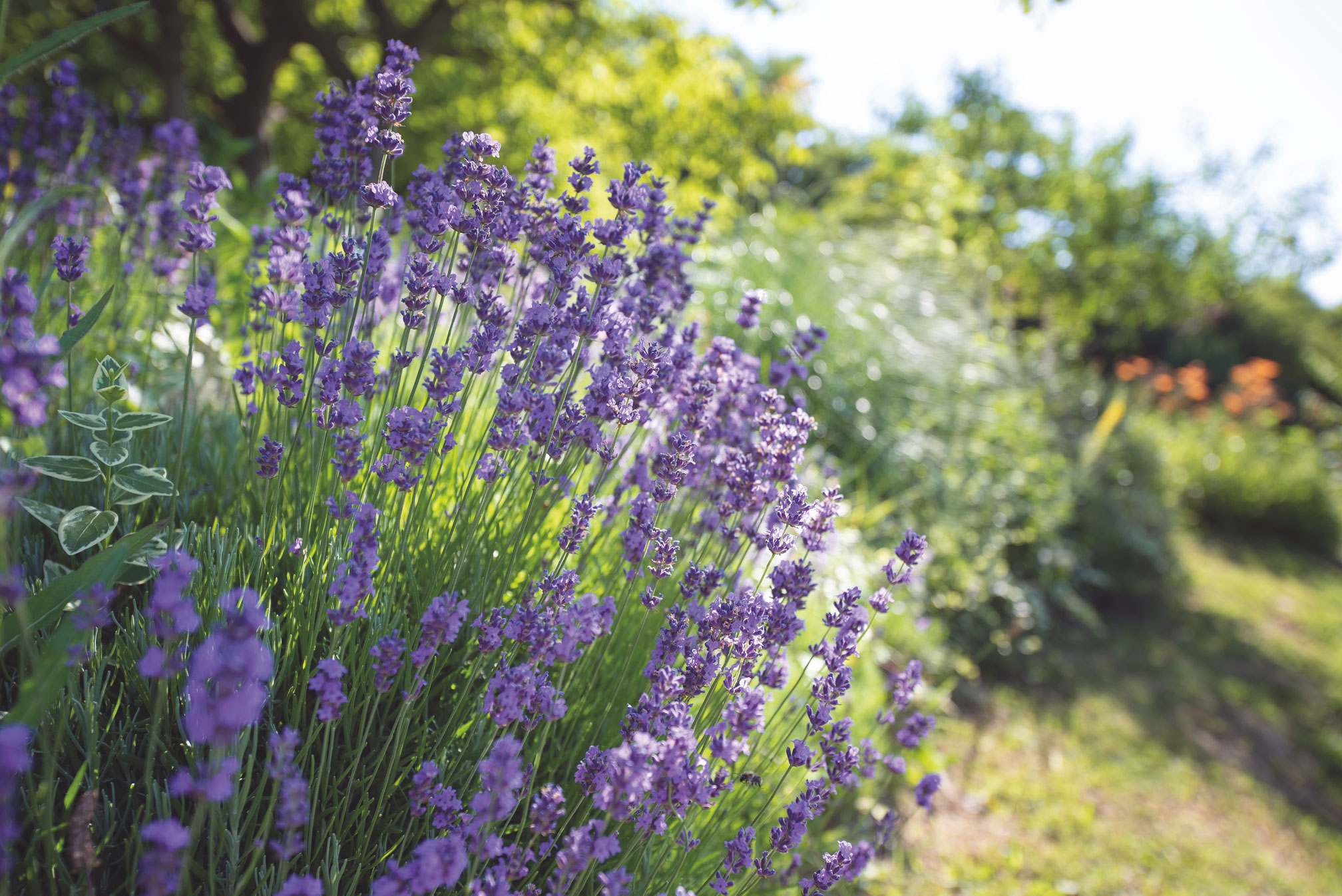
(Image credit: Thompson & Morgan)
When to prune lavender
The best time to prune lavender is in the spring or late summer, but most experts advise two pruning sessions a year – a trim post flowering in the summer and a second, harder pruning in the spring.
Monty Don even suggests a third trim in the fall, to help it 'hold a tight pebble shape'.
How do you cut back lavender for winter?
Cut back lavender before winter to create a tidy mound that will give structure to the garden over the coldest months. Lavender is an evergreen shrub, so it retains foliage year round.
It's best to do your first prune before the fall, but hardier varieties can respond well to a fall pruning before the winter.
Leaving faded blooms on the plant can also provide food for seed-eating birds, so it's not always necessary to remove the flowers straight after blooming.
How do you cut lavender so it grows back?
To cut lavender so it grows back, it's important to avoid cutting into the 'dead', woody growth. If you harvest lavender just as it is flowering, you might get a second flush of flowers.

As editor of Period Living, Britain's best-selling period homes magazine, I love the charm of older properties. I live in a rural village just outside the Cotswolds, so am lucky to be surrounded by beautiful homes and countryside, where I enjoy exploring. I am passionate about characterful interiors and heritage-inspired designs, but I am equally fascinated by a house's architectural elements – if I spot an elegant original sash window or intricate stained-glass front door, it fills my heart with joy. It's so important to me that original features are maintained and preserved for future generations to enjoy. My other passion is my garden, and I am slowly building up my planting knowledge, and becoming more confident at experimenting with growing my own. As well as editing Period Living, I am also co-editing the Country Channel of Homes & Gardens. In my previous roles, I have worked on Real Homes and Homebuilding & Renovating, writing about modern design and architecture, so my experience is broad – but my heart belongs to period homes.
When Should I Cut Back My French Lavender
Source: https://www.homesandgardens.com/advice/how-to-prune-lavender
0 Response to "When Should I Cut Back My French Lavender"
Enregistrer un commentaire